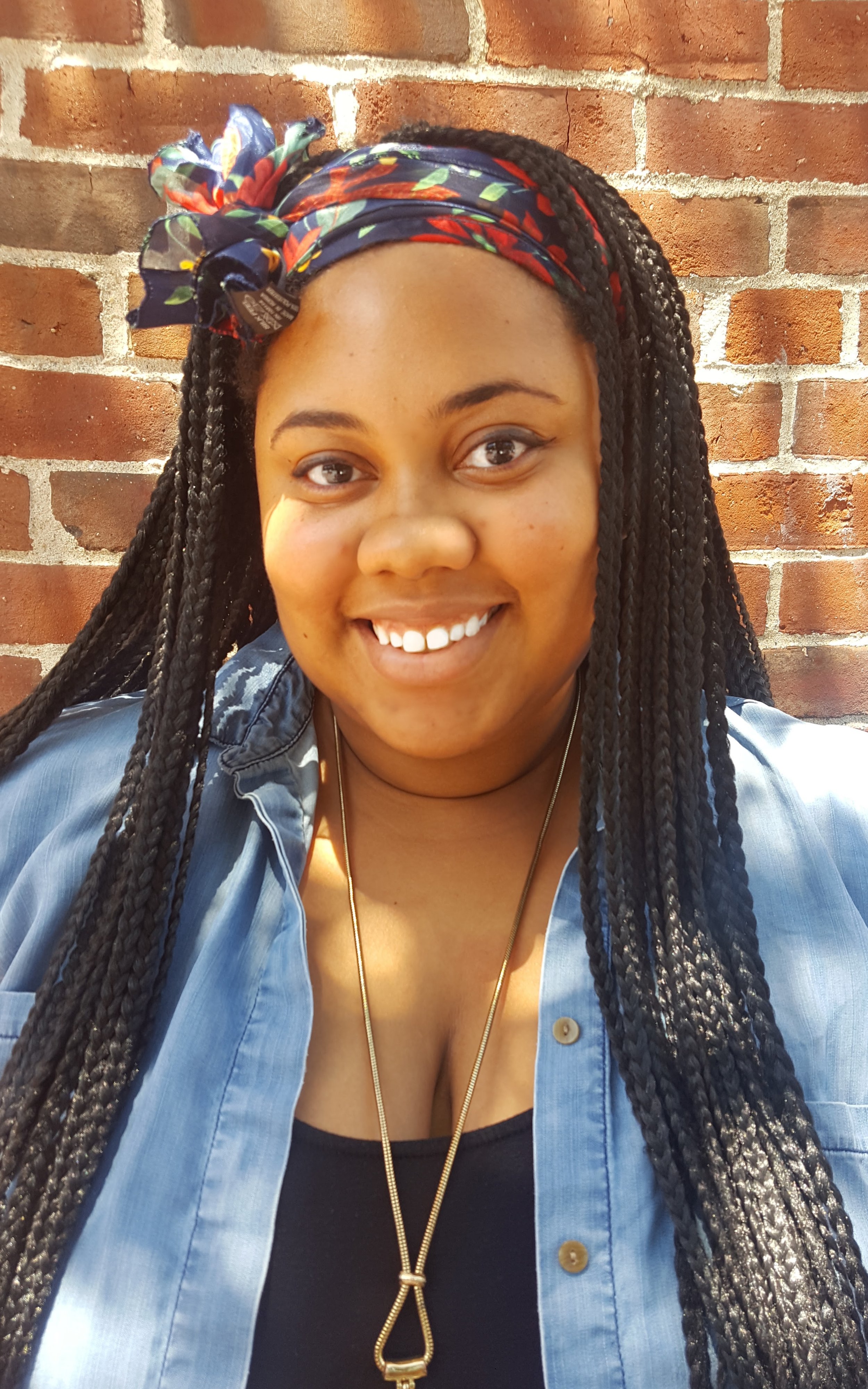To Art, or Not to Art…There is No Question
/The creative arts were always a staple in my life. Growing up there were dance lessons, creative arts camps, musical instruments, and eventually performing arts high school. Given this, it has always been hard to wrap my mind around hearing youth who say that they hate art or aren’t good at it. I noticed that when they say this...often what they mean is that they “can’t draw”.
Upon noting that there was a gap in the youth’s understanding of art, one of the first activities my Creative Arts students did was answer the intentionally broad question “what is art?”. The first round of answers yielded the more obvious suggestions like drawing, painting, and collage. But after more pressing they were able to open their minds to come up with things like gardening, rhythmic gymnastics, playing an instrument, and make-up. The point was to stress that art does not solely equate to drawing ability and to cut out the mentality that they weren’t good artists.
The concept of art is nearly immeasurable and there are very few (if any) guidelines for what art can be. So whether or not they know it, everyone has the capacity to be an artist in some form. The disconnect between my students and art only showed me that they haven’t been exposed to enough of it in school or at home.
This trimester in Creative Arts the youth are learning about apparel design and transforming into fledgling fashion designers. The curriculum takes an art form that is not usually covered in school and encourages them to take their inspiration from concept to design with a focus on originality. This curriculum focuses on project-based learning, with each lesson giving them one component of a larger end result. The idea is to get away from the “craft-a-day” style of teaching and let them develop strong skills and understanding of one particular art form at a time.
With students ranging from kindergarten to 8th grade there is a lot of disparity in learning styles, attention span, and general interest in any topic. My classes tend to run most smoothly when the youth are actually doing something hands on that incorporates the kinesthetic and tactile style of learning into the classroom. This can be found in activities like playing a game to introduce a topic or learning about textiles by creating a weaving sample on a handmade loom. The end result is a classroom of kids being actively engaged, creative, and productively learning a new art concept.
Boston Public Schools has created the BPS Art Expansion effort to address the deficit and expand quality arts education in Boston’s public school system. They have reported, in 2017, that 95% of BPS students Pre-K - 8th grade are receiving weekly arts programming in schools (a 28% increase from 2009). There has also been a direct link between students who are engaged in art performing better academically, particularly in math and science. This being said, art education is still not seen as a priority in many schools and is usually the first programming to get cut when the budget gets tight. It is seen as non-essential compared to other subjects, but I believe that art should be at the core of education along with math, science, and reading.
In the future of St. Stephen’s Youth Programs, I hope to see an expansion of their creative arts curriculum. I would love to see enough funding to allow for projects that delve into music technology, pottery/sculpture, woodworking, choreography, and full stage productions of plays written by our youth or community members. I hope to see the creative arts specialty move into a slot that is seen just as vital as literacy and STEM programming.
At the beginning of this trimester, I had so many collective groans and sighs from students about being stuck in art class for 45 minutes. However, over the the past month or so I have been able to turn a lot of those groans and sighs into excited students practically falling over each other to show me what they created that day. One of the most unique traits of childhood is limitless imagination and I have seen evidence of this on a daily basis in my classes. But this imagination and creativity is like a muscle, that weakens over time without the effort to exercise it. It would be a disservice to our youth and our future not to help it to grow.
Sources and Further Reading
“BPS Arts Expansion Overview.” BPS Arts, 2017. http://www.bpsarts.org/bps-arts-expansion.html
National Endowment for the Arts, the National Endowment for the Humanities and the Institute of Museum and Library Services, "Re-Investing in Arts Education: Winning America’s Future Through Creative Schools." The President’s Committee on the Arts and Humanities. Accessed October 21, 2017.
"Lessons from PISA for the United States, Strong Performers and Successful Reformers in Education", OECD Publishing, 2011. Web Accessed October 23, 2017.
By Victoria Ajene, Arts Specialist
Victoria Ajene is a 26-year old fashion designer and alumni of the B-SAFE Program. She grew up in the arts, attending Boston Arts Academy for Instrumental Music and Lasell College to receive her B.A. in Fashion Design and Production. After college she freelanced as a designer for PUMA and J.Jill and later went on to teach at Lasell College as an adjunct professor. What she hopes to bring to the program is a sense of community and an outlet that encourages kids to explore their creative sides.




